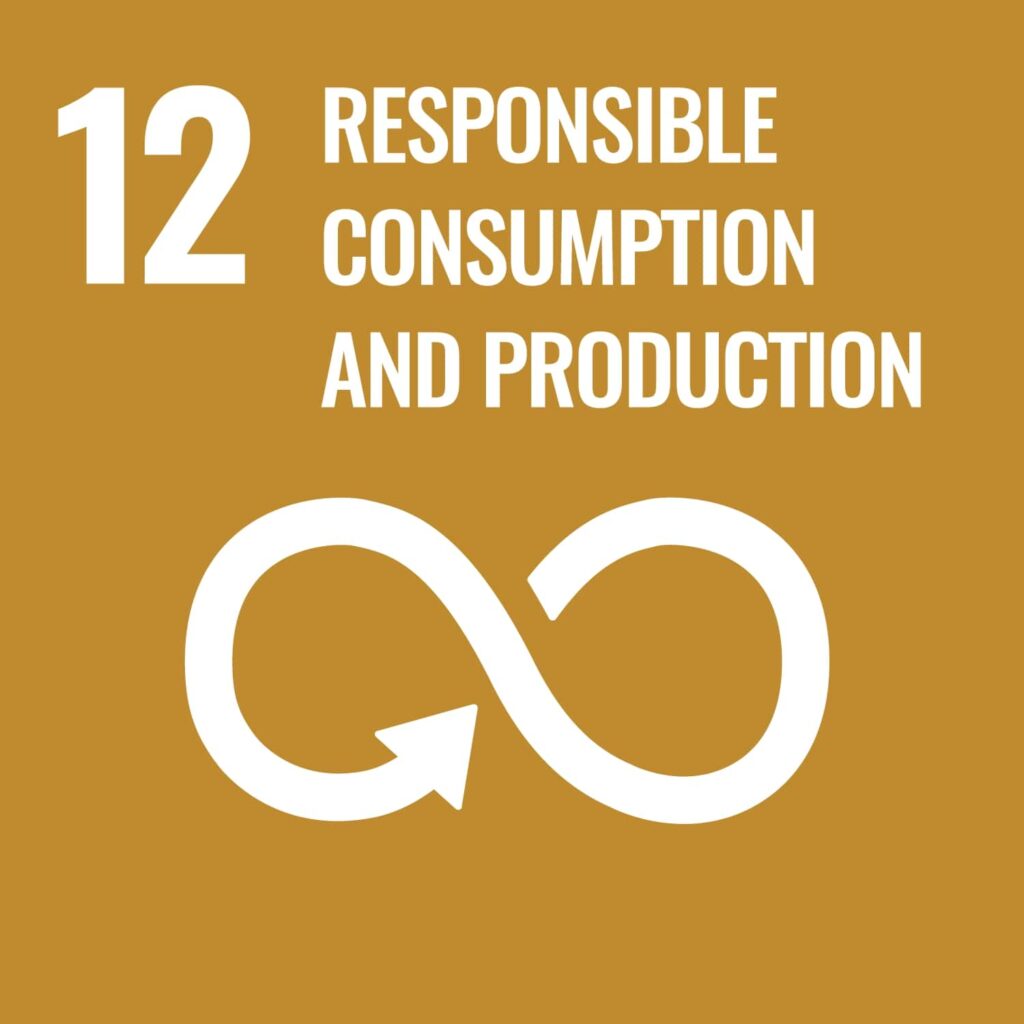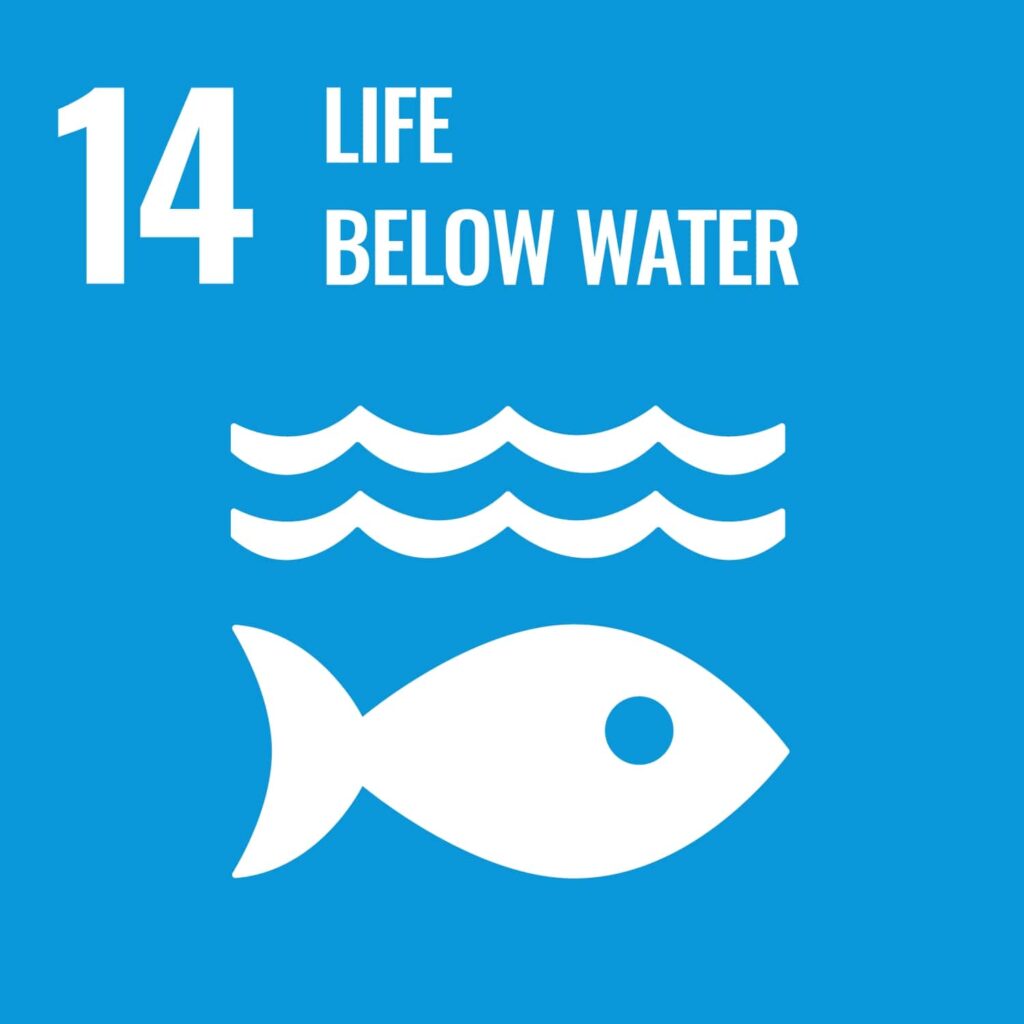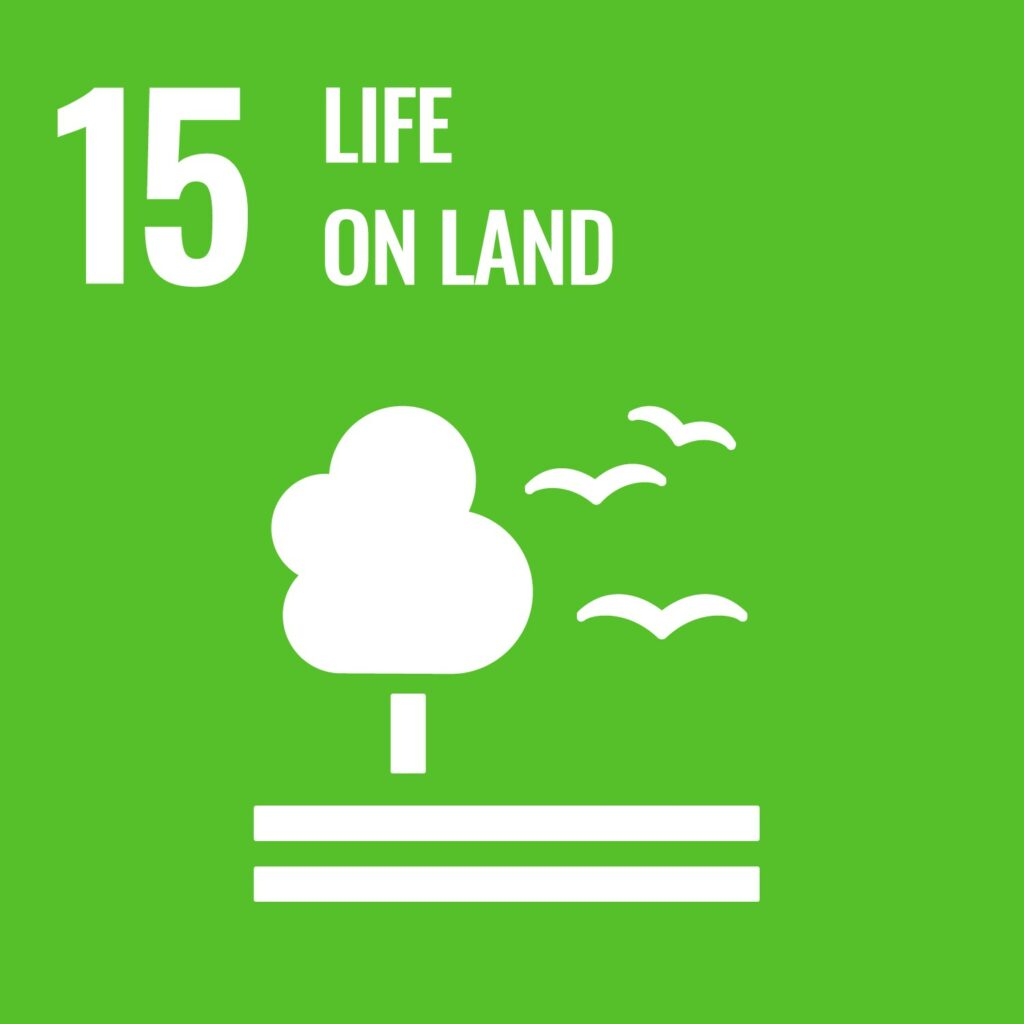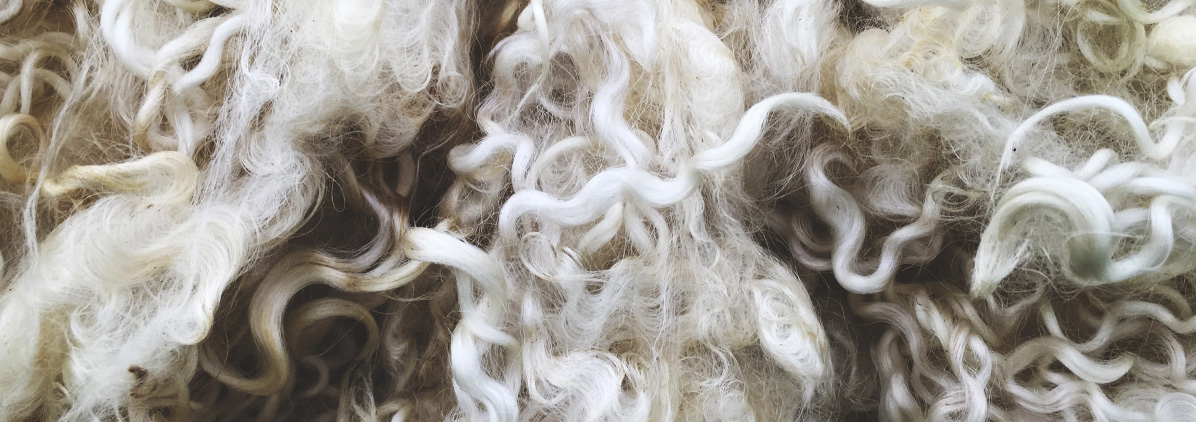
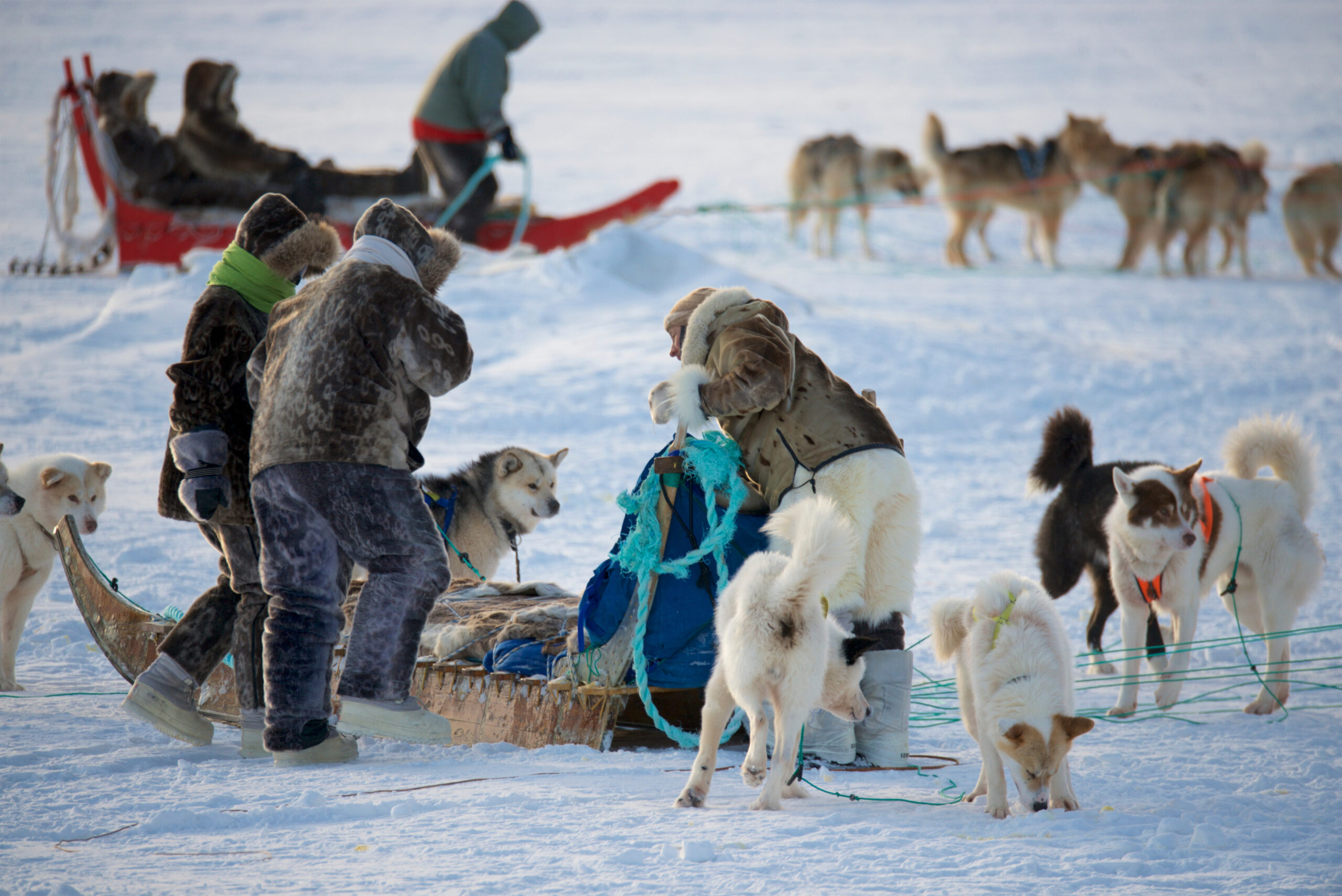
Kalaallit Nunaat (Greenland) is a vast northern area known for the glaciers that cover most of the area and for being one of the home areas for the Inuit indigenous people. An important part of Inuit living cultural heritage are the diverse craft practices that connect with the ways of life deeply connected to the surrounding nature and sea areas. In the pursuit of safeguarding and promoting traditional Inuit craftsmanship, a handicraft seminar in Nuuk was organised, titled “Craft and Living Traditions in Dialogue”.
The seminar aimed to support collaboration between artisans, designers, event organisers, and gallery and museum curators. The seminar organiser, Greenland National Museum and Archives, coordinates the inventorying of living heritage in the area, and the event also worked to update the national inventory (Eriagisassat Tigussaanngitsut). The seminar discussions were developed into a report with recommendations on how to increase sustainability in practising traditional crafts.
Organising the craft seminar took inspiration from the various discussions of the LIVIND project. The seminar focussed especially on the utilisation of materials of animal origin in traditional craft work and on the intersection of craftmanship, art, and design in the sustainable utilisation of these materials while exploring opportunities for sustainable business and tourism.
Calling together a seminar can be a challenge in the scale of Kalaallit Nunaat, where distances easily stretch long. There was needed both special motivation to participate and also application of communication technologies. The seminar presentations and the discussions from the follow-up workshop were documented and compiled into a report that was distributed to the participants and translated into English for the benefit of those unable to read Greenlandic (Kalaallisut).
The seminar was structured on presentations that addressed traditional craftwork from several viewpoints through different organisations. The programme started by a presentation discussing the role of traditional craftwork as part of living cultural heritage but also connected to other forms such as storytelling, knowledge about nature and the universe, and profound cultural values. The role of cultural heritage in fostering a sense of belonging and community identity was emphasised.
Other presentations concentrated on the practical side of traditional craftsmanship, such as methods and knowledge related to resource utilisation. The workshop participants delved into the use of materials of animal origin such as bones, antlers, and even the intestines, and how the use of these materials has been passed down through generations, promoting responsible resource management. Examples from exquisite sculptures to innovative designs were presented to remind of the rich artisan and artistic heritage of Kalaallit Nunaat and its contributions to cultural expression and identity.
Traditional craftwork was also connected to responsible tourism with vivid discussion on the intersection of cultural heritage and the tourism industry. Emphasis was put on promoting ecologically and culturally sustainable, respectful tourism practices that help to celebrate and safeguard the intangible cultural heritage in the Kalaallit Nunaat. Indeed, the economic aspects of living cultural heritage are of importance in the area. More attention is needed on how responsible business practices can be harnessed to support and promote traditional cultural expressions such as crafts and arts, and, on the other hand, how safeguarding cultural heritage can contribute to sustainable development in economic terms.
Following the presentations the seminar culminated with a theme-based workshop that centred on formulating recommendations for more sustainability in practising traditional crafts. At focus was the Sustainable Development Goal 12, Responsible Consumption and Production.
The seminar took physically place in Nuuk and the event was also streamed for online participants. It was noted that in future hybrid events there should be staff members to operate and assist with the communication technology.
The project fostered collaboration among different artisans, designers, and cultural organisations and led to new initiatives such as instructional videos on traditional craftwork methods and sustainable paint production.
The key outcome of the pilot project was the report that covered the contents of the presentations and explained the recommendations that were outlined during the workshopping part of the event. The recommendations pertain specifically to the SDG 12, Responsible Consumption and Production. The recommendations vary from practical ideas for circular efficiency in collecting materials for the purposes of craftwork to structural suggestions, such as establishing a network-based knowledge portal that would create a centralised repository with both normative information (e.g. about legislation) but also updates about ongoing and completed projects. The primary objective of such a repository would be to facilitate the sharing of knowledge and experience and to foster effective collaboration within the community. In addition, there was recognised a need for developing educational contents and materials about craftwork practices and techniques that help to document craft traditions and to raise awareness about how sustainable development is interlinked with the practice of traditional crafts.
Overall, the seminar showcased the significance of traditional craftsmanship in sustainable development, highlighting the importance of preserving cultural heritage while embracing environmentally friendly practices.
The pilot project aligned with Sustainable Development Goals 14 and 15 (Life Below Water; Life on Land) but focussed more directly on SDG 12 (Responsible Consumption and Production). The project emphasised sustainable practices for utilising materials like fish and seal skins advocating responsible consumption and production processes.
Results from the seminar on living cultural heritage in traditional craftsmanship: https://da.nka.gl/fileadmin/user_upload/documents/Booklet_2023.pdf
Pilot project manager, Greenland National Museum and Archives: https://en.nka.gl/
